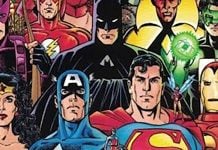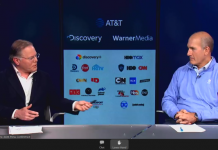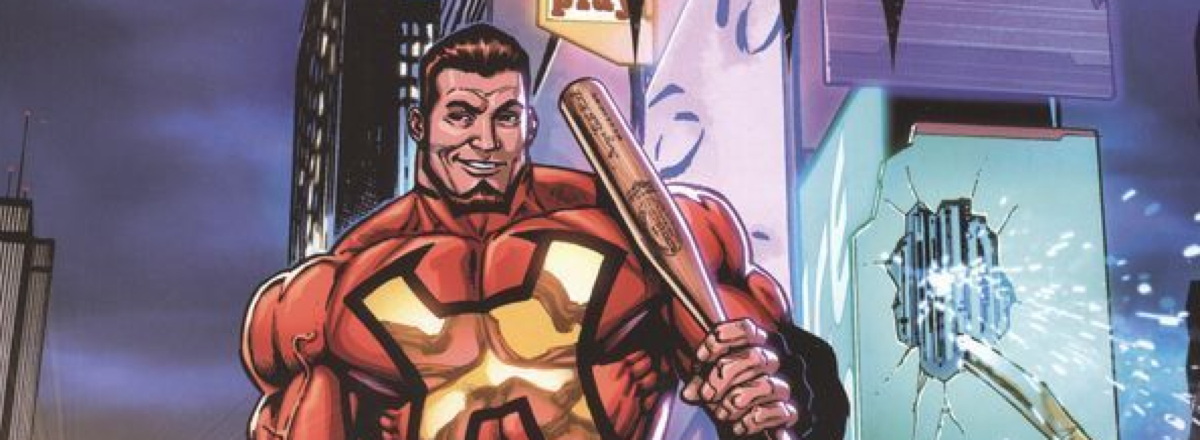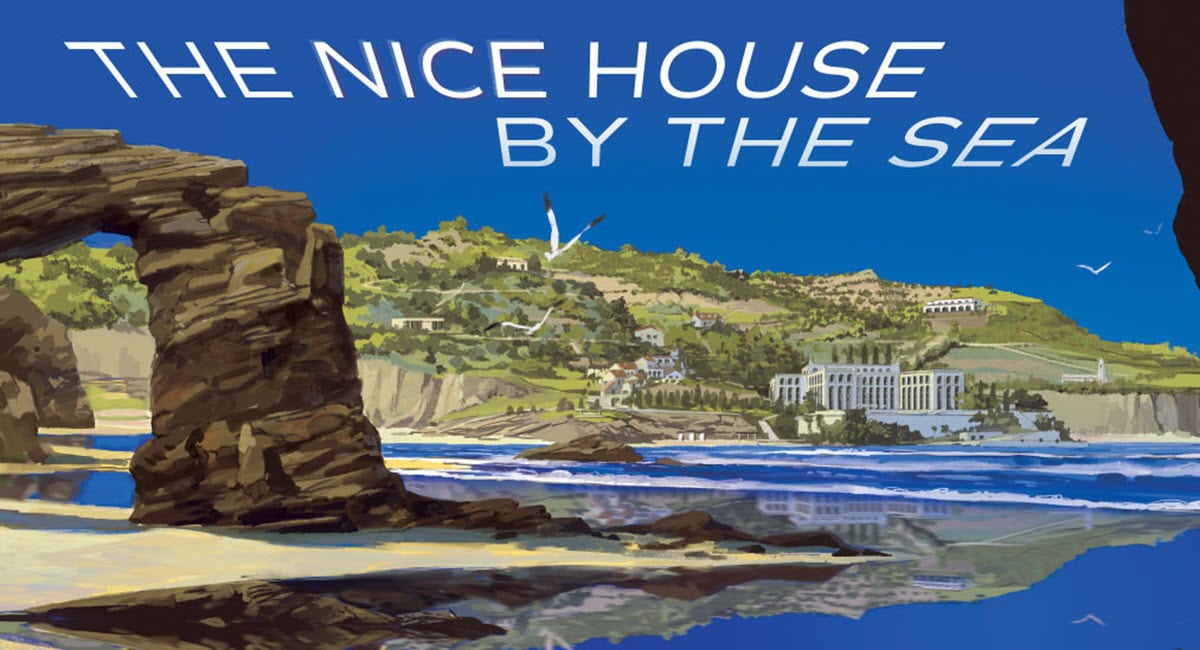§ Paul Cornell on a woman-friendly SF con in Birmingham, UK of all places:
I’m pleased to say that I’m one of the Guests of Honour at Andromeda One, a new one day SF convention in Birmingham with a feminist outlook. The other GoH is the great Jaine Fenn, and there are loads of other guests, including Marie O’Regan and Ian Whates. I really like the feel of what this lot are trying to do, and the idea of a group ticket (five people get in for the price of four) sounds excellent. I hope to see you there. And similarly fun, on November 6th, Dark Horse will be releasing a hardcover collection of the first five issues of Paul Tobin and Colleen Coover’s wonderful e-comic Bandette, with an introduction by me!
§ More on the Beat’s Dre Grigoropol and her Wizard World Philly cosplay as Sabrina, with pal Mel as Salem the cat.
§ Are you sick of MAN OF STEEL yet? Certainly no superhero movie in recent years has caused so much comment. And actor/scholar/stoner/crowdfunder James Franco will not be left out of the conversation. A mere Tumblr post wasn’t enough so he wrote a column for VICE—and he speaks his mind!
I too have been in comic-book films—the Spider-Man trilogy directed by Sam Raimi. I mention the director because this distinction is now necessary in the wake of the new Spider-Man series that arose even before there was time to bury the corpse of the old one and enshroud it in the haze of nostalgia. Indeed there are still young children who approach me as fans of the original (boy, it seems weird to say that) series. I don’t have a huge emotional attachment to the Spider-Man franchise as a subject, my biggest sentimental ties are to the people I worked with on those films: Sam, Toby, Kirsten, the late and great Laura Ziskin, and the hundreds of others who worked with us. I don’t really feel much distress over its being remade, for many reasons, but what is interesting to me is that it has been remade so quickly—and the reasons why.
His feelings on MAN OF STEEL were more positive:
So, what did we watch? A great film. But what makes me say this? Is it the nerd revolution that has brought our public taste to the point where comic-book characters and video games are now cool? Are these huge comic-book films the way for the world at large to embrace the subjects of these forms that are traditionally relegated to the nerd niche? Yes, in a way. But in another way, we are just wowed by the money that brings them to fruition. Kids like comic-book-style heroes, teens like flashy action and sex, and therefore these films make money. Adults—the third audience—respect money. So these films are made. Again and again. And if Brandon Routh doesn’t work as Superman, or if Sam Raimi can’t agree on the villain for a fourth Spider-Man, they will just make new versions without them. Man of Steel is great because it delivers everything it should. It made Superman cool again. It delivered great action and interesting characters with a plot that was grounded enough to make us care a little.
§ Our own Steve Morris explores a secret mystery running through the heart of Grant Morrison’s NEW X-MEN run.
§ In a news column, Tom Spurgeon poked some fun at Marvel’s new ability to make money at OGNs. To clarify, it has been a consistent position for them. In an interview two years ago, Axel Alonso said that OGNs weren’t on the table:
Personally, I love the OGN format. But when you’re talking about the material we publish, the periodical format is still our best option.
The enormous marketing and publicity afforded to us by being a part of a national television show was a great help in garnering high sales on the “Castle” OGN, and we’ve been thrilled with the results. But at this time, [SVP for Sales & Publishing] David Gabriel informs me that there are no imminent plans to create any kind of OGN program, or even to look at doing any more OGNs.
Long story short, if you run a P&L on an OGN you must put the creative costs up front—which could be $40k on up—and no guarantee you will earn out. When a book is serialized first, it recoups part of its costs in that process so it’s way easier to break even with the dual-format release. I don’t know what changed in Marvel’s bottom line that made investing in an OGN less of a loss leader. My hunch is that simultaneous worldwide release made it more economical overall, but it’s only a guess.
It’s worth noting that Disney has been subsidizing comics worldwide by a similar method of having different countries pay into a comics production “pool.” I doubt that Marvel is part of this Rescue Rangers slush fund, but the point it…who knows. I guess Tom’s point was that it’s lame that Marvel hasn’t been able to make money at a format that has been working elsewhere for more than 20 years but they have their own accounting practices, and when the serialization model guarantees profits, it’s harder to move past it. But now they have so all good!
§ But speaking of the serialization-to-collection model, Brian Hibbs has been selling tons and tons of SAGAs, to the point that it’s his second-biggest selling trade ever, behind WATCHMEN.
§ They made a trailer for Ivan Brunetti’s new memoir/retrospective!









What does Panini pay to license Marvel and DC comics?
Would that fee subsidize the publication of an original graphic novel?
Plus, there is the non-returnable Direct Market. Many publishers have used the orders from comics shops to subsidize a subsequent printing for the book trade. (My copy of Lost Girls, purchased at Barnes & Noble, was a third printing.)
While Marvel has been in the book trade since 1979, they haven’t actively marketed their books to booksellers. Now, with Disney/Hyperion and Hachette adding expertise, it might be easier.
Some Panini magazines are trade paperbacks (on cheap paper). I’ve seen a German Batman title which collected what would be a story arc, six issues, for $20.
http://www.paninicomics.de/
Comments are closed.